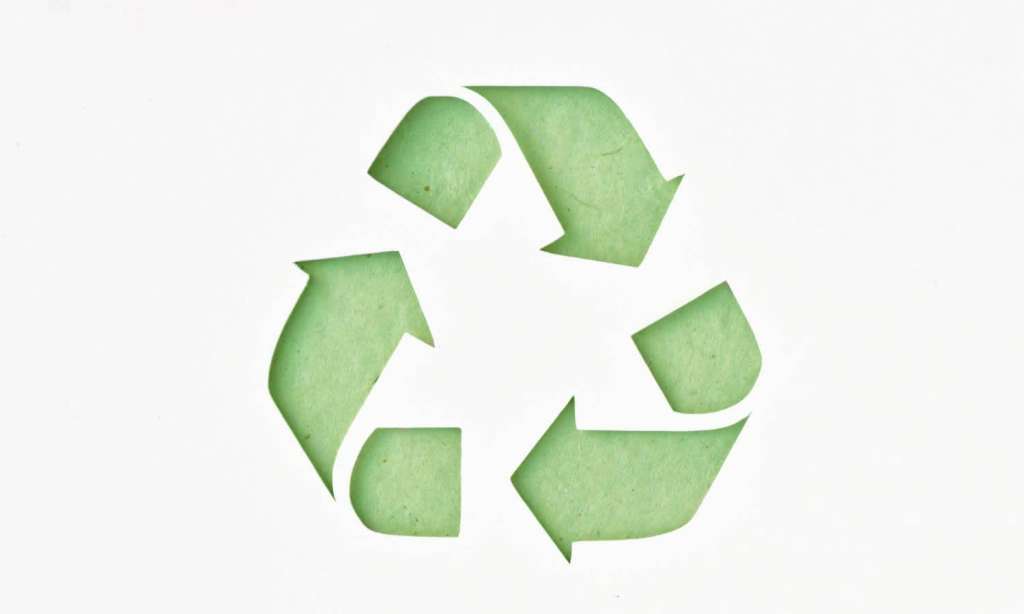The Latch has partnered with Suncorp Bank to deliver the sustainability content you need, like how to recycle properly and how to get your kids involved in the process.
Every year, people around the world celebrate Earth Day. This day pioneered by ex-politician and environmentalist from the US, Gaylord Anton Nelson, crystalised public attention towards environmental awareness.
Many students and citizens were drawn to the idea of ground-up initiatives towards environmental action. This was the day that marked the start of the environmental movement in 1970, and for the past 52 years has resulted in policy change and a greater awareness of the environment.
History of the 3Rs: Reduce, Reuse & Recycle
The history of ‘Reduce, Reuse, Recycle’ is often debated. Although the slogan ‘Reduce, Reuse Recycle’ seems to be a household adage of the 1970s, the concept has been around as a concept for many centuries across the globe.
In Egypt, scribes were said to have re-used some of the earliest copies of writing sheets made from Papyrus, while the earliest account of waste management dates back to Greece in 500 BC. The first municipal dump program was formed and trash had to be disposed of at least a mile from the city.

Across the eastern hemisphere, there are also records of recycling in ancient Japan in 1031, after the decentralisation of paper manufacturing from the state to smaller stores across the country. While in during the Han dynasty in China, the paper was made from a range of fibres including recycled rags and fishing nets.
Repurposing existing items was not uncommon, and the norm, only because manufacturing processes were long and the cost of raw materials was very expensive.
During World War I, there were innovative attempts by silversmiths to melt down metals for ammunition and warfare. Similarly, people were told to reduce and restrict their use of certain materials so that they could be stockpiled for use.
Soon after the war in the 1950s, the economic boom led to an increase in the amount of trash — and litter — single-use plastic became common in packaging, manufacturing, construction, and even clothing. This was the beginning of a massive problem of waste.
The Recycling Logo and Its Meaning
Since then, environmental conversations have been largely centred around the concept of the 3Rs — Reduce, Reuse and Recycle. The iconic cyclic logo of arrows representing this concept was designed in the 2000s by an engineering student, Gary Anderson. He had unknowingly created a sign that would become synonymous with conservation efforts during a recycling competition held in conjunction with Earth Day.
Around the world today, there are often coloured bins that identify the different types of trash that can go in each one based on the lifespan, durability, and usability of each material.
The world generates at least 3.5 million tons of plastic and other solid waste a day, 10 times the amount a century ago. This is a staggering increase that can only be reversed if we reduce our consumption and disposal patterns. At present, if your waste is biodegradable you could create compost and feed it back to nature. When it is not biodegradable, in terms of plastic or synthetic material, try to reuse it in different ways till you extend the lifespan of the material. For example, using plastic packaging from delivery for trash, or collecting food can extend the life of the plastic bag before it goes into the bin.
Buying Less, Living More
It helps to be aware that we live in a hyper-materialistic world that constantly tells us that we ‘need’ the next new shoe, oven, bag, makeup, or holiday. Being mindful of what we buy versus impulse buying is one good way to restrict excessive consumption.

Japanese culture has a word to exemplify the practice of the 3Rs. They call it ‘mottainai’ (もったいない), which can be translated as ‘don’t waste anything worthy‘ or ‘what a waste’ for all their belongings, so they are constantly aware of the value of their own belongings.
It’s connected to Japan’s indigenous religion, Shintoism, which believes everything around us including man-made objects has their ‘kami’ or spirit. As such they have innate value and are not to be disrespectfully discarded. This practice is one way in which we can cultivate a low-waste life in our everyday actions.
Read more stories from The Latch and subscribe to our email newsletter.







